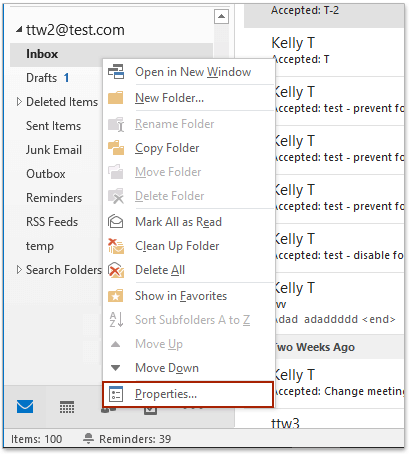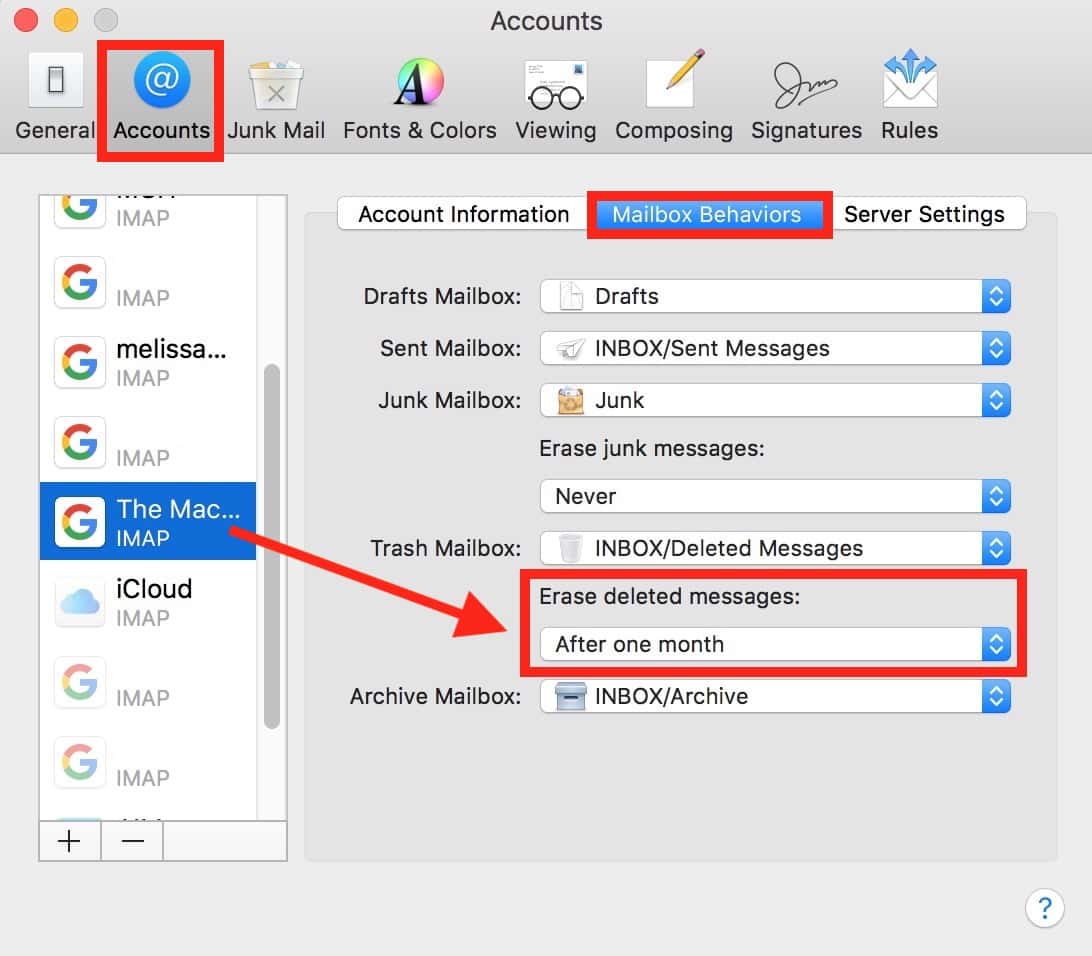

- #Delete folders in outlook for mac? manual#
- #Delete folders in outlook for mac? download#
- #Delete folders in outlook for mac? mac#
However, this is also the slowest method. Locating attachments outside of Outlook is tricky, so the easiest method is to delete them from within the application.
#Delete folders in outlook for mac? manual#
The slow, manual way to delete Outlook attachments If you’d rather not spend the time, you can skip straight to the last one, which uses CleanMyMac X to speedily delete mail attachments and give Outlook a cleanup. As you might expect, these take a bit more effort, and time, than the automated method we’ll show at the end. We’ll cover them here, starting with methods you can use without any additional tools. There are lots of reasons, then, why you may want to delete attachments.
#Delete folders in outlook for mac? mac#
Either way, attachments take up room on either your Mac or the email server - a problem if your account has limited storage. If you use a POP 3 server, they will be downloaded with the message. If you configure it using an IMAP server, attachments are stored on the server until you open them. If you use Outlook for email on your Mac, it deals with attachments in one of two ways. But to help you do it all by yourself, we’ve gathered our best ideas and solutions below.įeatures described in this article refer to the MacPaw site version of CleanMyMac X.
#Delete folders in outlook for mac? download#
The cleanup feature is not currently available in Outlook on Mac.So here's a tip for you: Download CleanMyMac to quickly solve some of the issues mentioned in this article. So, give it a try and see if your Outlook inbox is happy! The only manual steps involved are selecting a cleanup option and confirming. The Conversation Clean Up tool in Outlook gives you a quick and easy way to clear out unneeded messages. Keep It Clean, Tidy Up Your Outlook Inbox If you did not adjust the settings described earlier before you began your cleanup, click this button to make your changes anytime.Īnd if you change your mind about the cleanup, click Cancel to return to your inbox without moving any items. You’ll notice in each of the above confirmation messages an option for Settings. Again, click Clean Up Folder to confirm and continue. To clean a folder and its subfolders, move to the folder and click Clean Up > Clean Up Folder & Subfolders on the Home tab. Confirm that you’d like to continue by clicking Clean Up Folder in that pop-up window. To clean up a folder, move to it and click Clean Up > Clean Up Folder on the Home tab. You’ll see a pop-up message letting you know that the messages will be moved. To clean up a particular conversation, select it and go to the Home tab. Conversation Clean Up can remove the messages that are all included in the latest reply. Most times those replies include the other replies in the messages. As you already know, you can end up with 10 emails on the same topic from many people. These include those back-and-forth emails you have using replies. Now that you have the settings you want to use for the Clean Up tool, let’s get to it! Clean Up Conversations, Folders, and Subfolders in OutlookĬonversation Clean Up in Outlook works by moving redundant emails to Deleted Items or the folder you select. For the remaining settings, check or uncheck the boxes per your preferences.


Conversation Clean Up Settings in Outlookīefore going through the Clean Up tool options, it’s important to note the emails you “clean up” move to your Deleted Items folder by default.


 0 kommentar(er)
0 kommentar(er)
